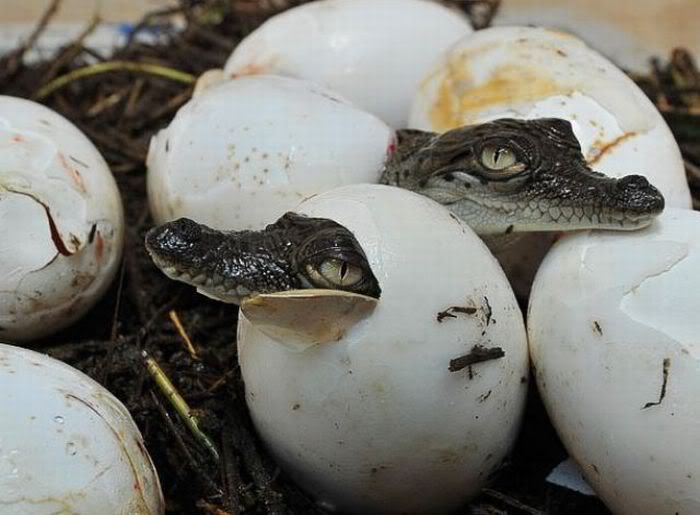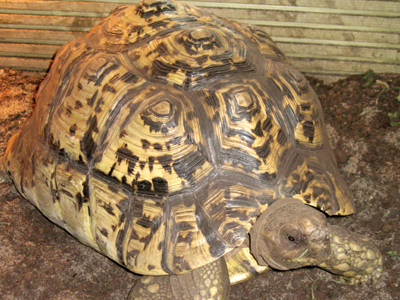Difference between Viviparous and Oviparous

Reproduction is important for all living beings, in order to ensure their existence on earth. There are five different ways in which animals reproduce, viviparity and oviparity being two of these methods. There are a number of differences between viviparous and oviparous animals.
For viviparous animals, embryonic development takes place inside the body of a female animal. On the other hand, the embryo of oviparous animals develops outside the body of the female. This means that all the requirements of the embryo such as nutrition, shelter, and protection, come from the mother in viviparous animals, whereas the same is not true in the case of oviparous animals. Keeping this difference in mind, a number of examples of viviparous and oviparous animals come to mind. Animals such as tigers, goats and cows are viviparous, whereas turtles, chickens, and penguins fall under the category of oviparous animals.
Another difference between viviparous and oviparous animals is that the embryo in viviparous animals is covered with a water sac whereas in oviparous animals, it is covered with an external shell. Moreover, internal fertilisation is a trait of viviparous animals whereas external fertilisation is a trait of oviparous animals.
In the animal kingdom, oviparity is more common as compared to viviparity. This difference can easily be noticed if we observe animals around us. Most of the animals lay eggs and only a few give birth to babies.
Both plants and animals exhibit viviparity. On the other hand, oviparity is exhibited strictly by animals and is not found in plants. Last, but not the least, the level of protection of the embryo in viviparous animals is much greater as compared to oviparous animals. This is because of the fact that the embryo remains within the body of the mother for most of the time in viviparous animals, whereas the same is not true in the case of oviparous animals.
Instructions
-
1
Viviparous
Viviparous is a term used to refer to animals that give birth to their young. Almost all mammals fall under the category of viviparous animals.
Image courtesy: ofcats.com

-
2
Oviparous
Oviparous is a term used for referring to animals that reproduce by laying eggs. Most fish species, reptiles, and birds fall under this category.
Image courtesy: ntu.ac.uk








